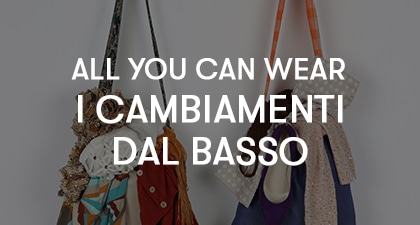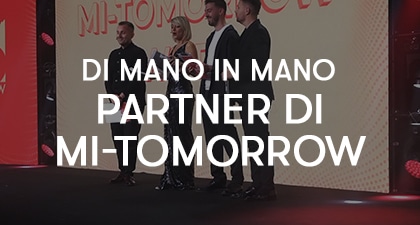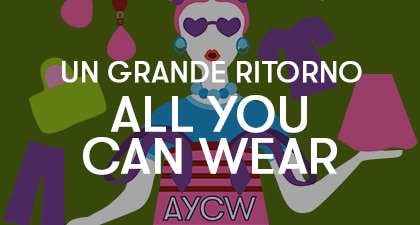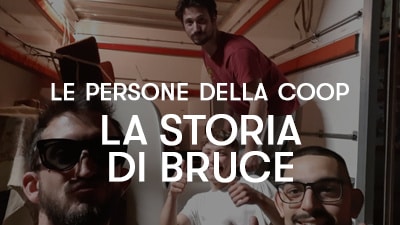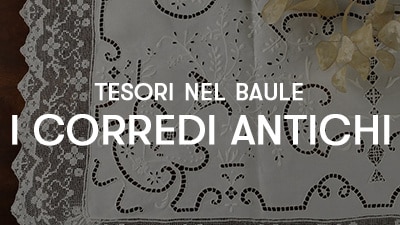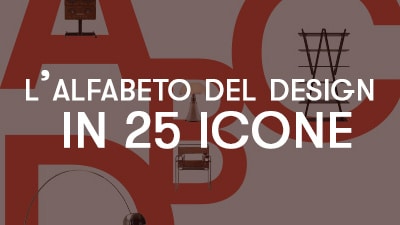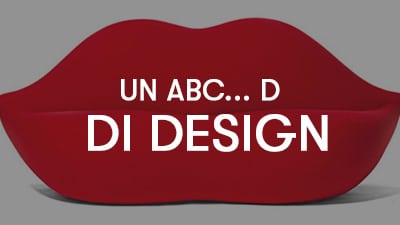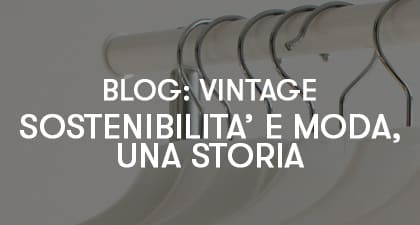
I am writing this article in the first person because I want to talk to you about sustainability and fashion, but staying within an appropriate word count for a blog post gives me chills: there are so many topics to cover that the task feels overwhelmingly complex. So, I’ve decided to tell you my story, as it’s a concrete example, one of many, filled with experiences, reflections, and solutions that I hope will encourage those of you who are on the path to more conscious consumption.
It’s not just lemons that get squeezed
Let me start by saying that I have worked in fashion for thirteen years (which is why it’s hard for me to summarize). In what I call the “first part of my career,” I had the opportunity to work in large multinational fast fashion companies, and even in those early years, some things didn’t sit right with me. How is it possible, I wondered, that such large and wealthy companies could squeeze their employees like lemons, subjecting them to grueling work rhythms in an overall climate of hysterical control over productivity?
There were metrics for everything: timing the duration of various activities, evaluating hourly revenue day by day, comparing it with other stores in the area, the country, the world… And the conclusion was almost always the same: it was never enough.

I struggled greatly with these dynamics, so I started reading and educating myself: a YouTube video, a book, an Instagram page, a documentary… With increasing dismay, I realized that I, in my perceived misery, was actually privileged in the fashion production chain, blessed by a fate that had me born in the “lucky” part of the world.
The point of no return

It was during this time—in 2015—that the documentary “The True Cost” was released, changing my life. It still tops the list of “must-watch” films on sustainable fashion. The documentary was made following a tragedy that at the time went relatively unnoticed: the collapse of a building in Bangladesh, resulting in the death of over 1,100 people working inside. Among the rubble, labels from many of the most famous clothing brands—those lining city shopping streets—were found.
The human tragedy of Rana Plaza not only brought to light the extreme exploitation of workers but also vividly showcased, through literally revolting images, the environmental damage caused by the fashion sector.
For me, that was the point of no return. I told myself: never again fast fashion purchases. And that’s how it’s been. I began asking myself: do I really need this or that? You can’t imagine the relief I felt when I realized how easily I could reduce. At the same time, I noticed with pleasure how beneficial this was for my wallet. One of the biggest lies of fast fashion is its claim of being economical, while in reality, it impoverishes us in many ways.
I started to maximize the use of the clothes I already owned, committing to “rescue” those that were damaged (you wouldn’t believe how many socks I’ve mended) and repairing outdated pieces with the help of a tailor, adapting the style and size to new needs.
The rediscovery of vintage
Becoming a conscious consumer doesn’t necessarily mean adopting a monastic lifestyle. The satisfaction of purchasing something sustainable when needed is healthy and enduring, unlike the brief but intense adrenaline rush from impulsive shopping.
I began turning more and more to vintage for quality and uniqueness, understanding from my research that reusing something already produced, extending its life, is the best consumption choice. I discovered a wonderful world filled with precious details, memorable labels, colorful prints, and stories—imagined or otherwise. In vintage, I found the ingredients to craft a style uniquely mine.

Where vintage didn’t meet my needs (for example, underwear, sunglasses, or technical clothing), I turned to a universe of sustainable brands, guided by review and geolocation apps like “Good on You” and “Il Vestito Verde.”
And this is where my story stands now. I’ve found a balance between the joy of learning and researching and my passion for fashion, which doesn’t necessarily express itself through purchases but through careful evaluation of the objects I truly need and that enrich my daily life. If this isn’t a happy ending…

It would be great to hear your stories, perhaps in person. Maybe at Vestiaria, our 100% second-hand event where you can find vintage and pre-loved clothing, to consciously buy what you need or fall in love with. A treat that lasts for many, many years.
From May 15 to 21, in Milan, at Viale Espinasse 99.
Opening hours:
Monday: 3:00 PM–7:00 PM
Tuesday to Friday: 11:00 AM–1:00 PM and 3:00 PM–7:00 PM
Saturday and Sunday: 10:00 AM–7:00 PM, continuous hours
Phone number: +39 02 33 400 800


